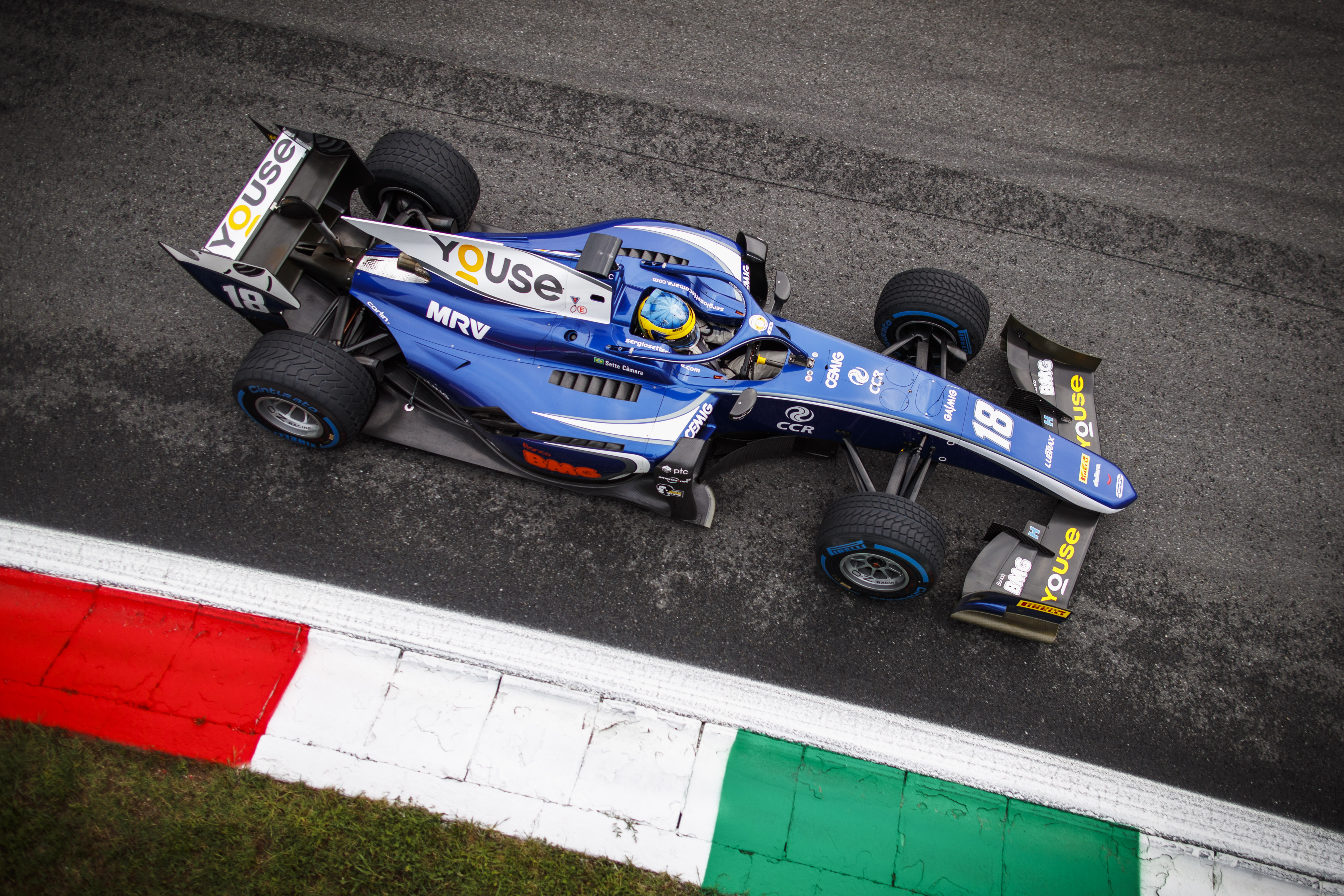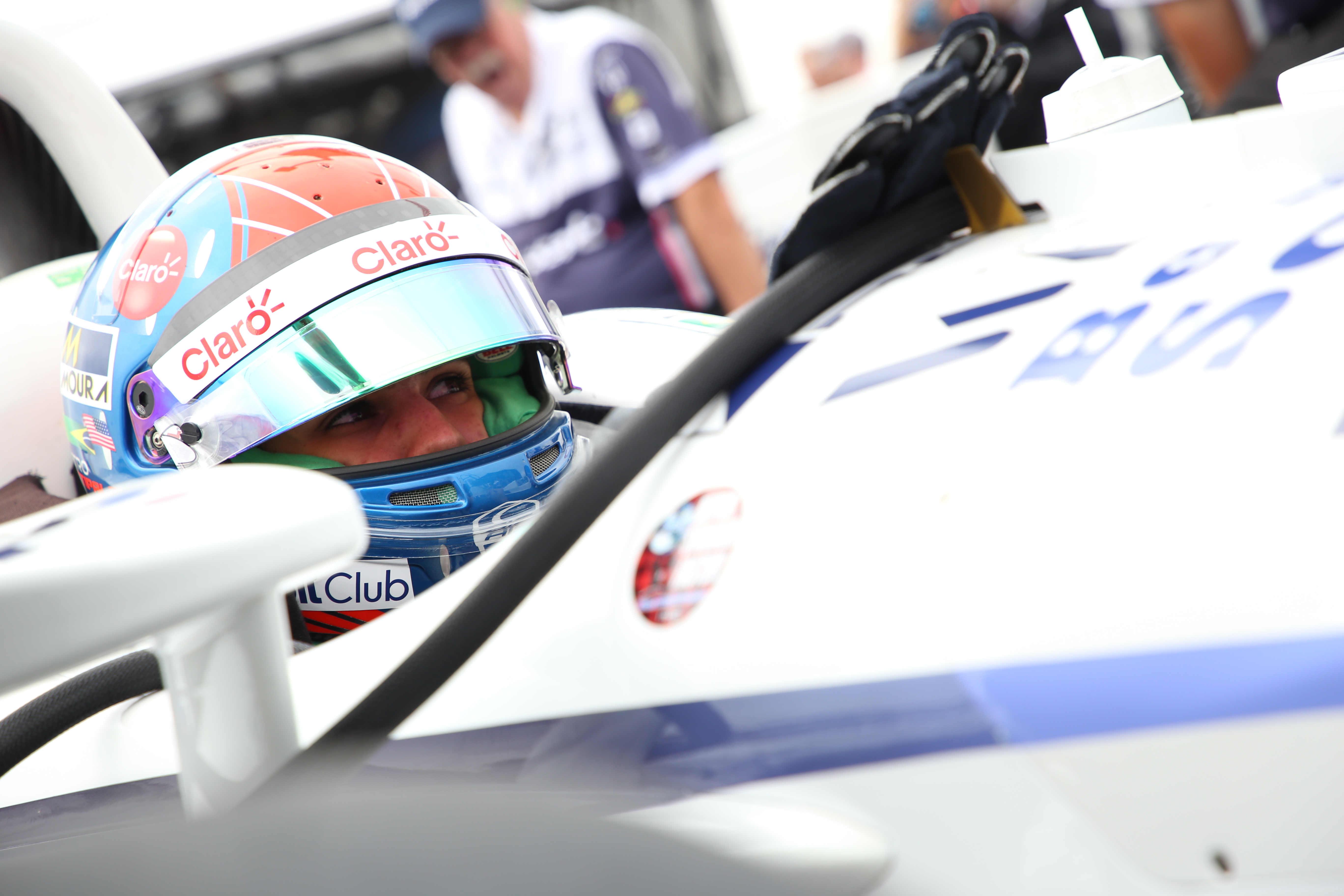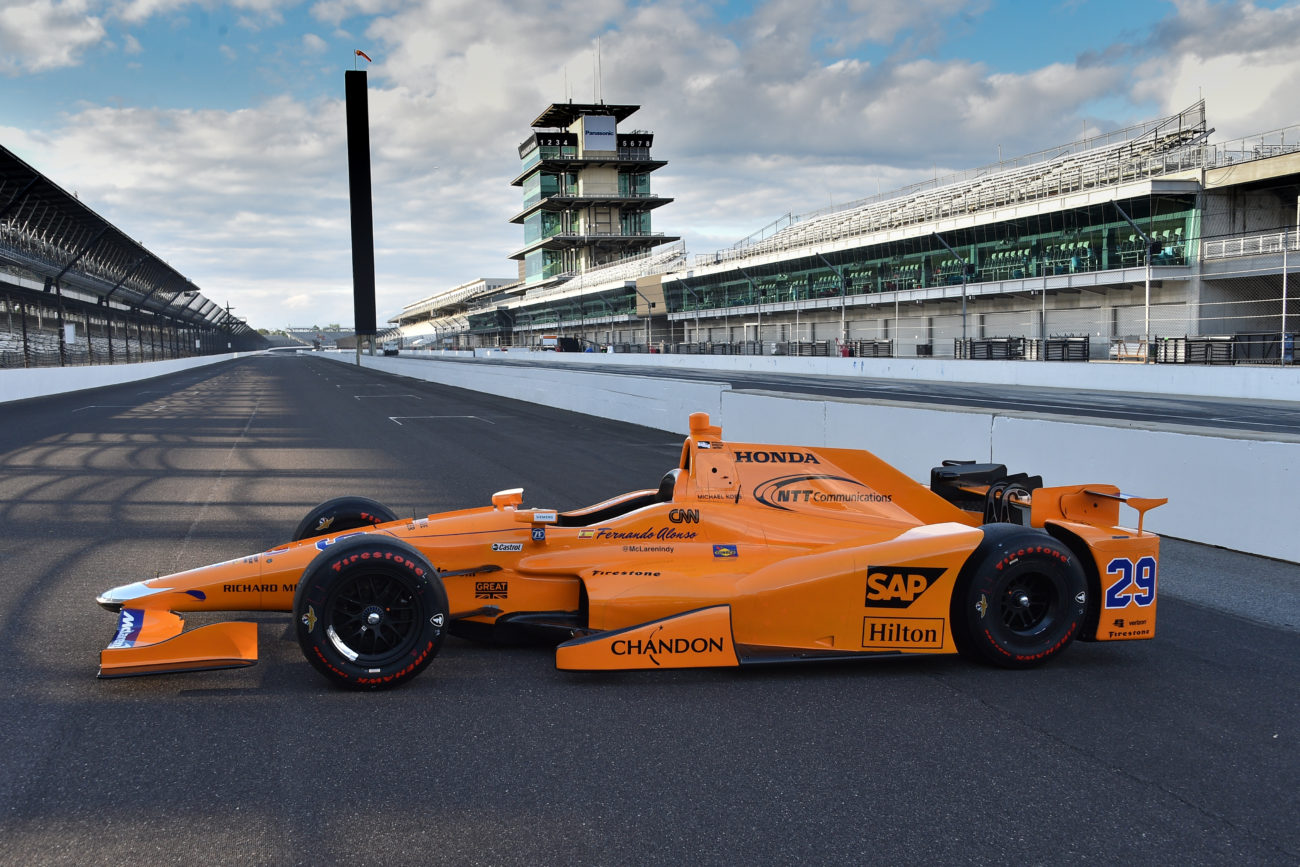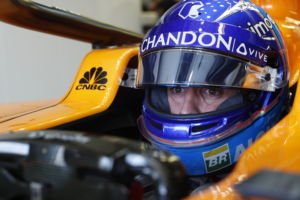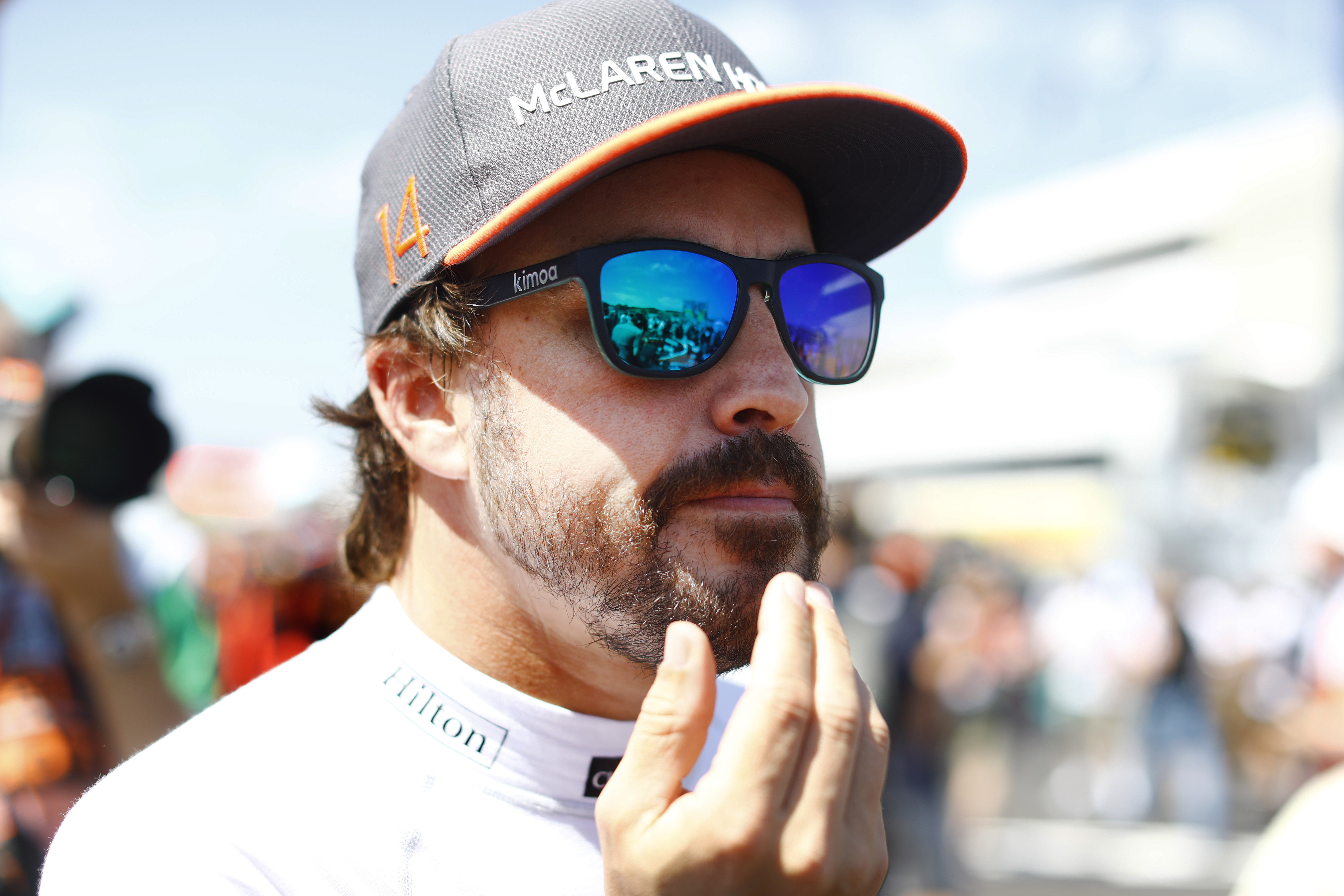IndyCar’s race at Texas Motor Speedway will conclude the run of four races in three weekends in the most intense part of the season. Texas marks the second oval of the season and it is usually one of the more eventful weekends of the year, as well as being one of the most picturesque races as it is held under the floodlights.
The IndyCar paddock comes straight from the Dual in Detroit doubleheader where Josef Newgarden took the win in Race 1 before crashing out of Race 2. Scott Dixon was victorious in Race 2, having crashed in Race 1… they were certainly two of the more eventful races we’ve had so far this season!
The main takeaway from Detroit is that Dixon has finally got his first win of the season, something that he took until Texas to do last year. Another key point to note is that Newgarden heads into this round with a 15-point lead over Alexander Rossi, which is one of the smaller championship leads that he has enjoyed so far this season, thanks to his low score in Race 2 at Detroit.
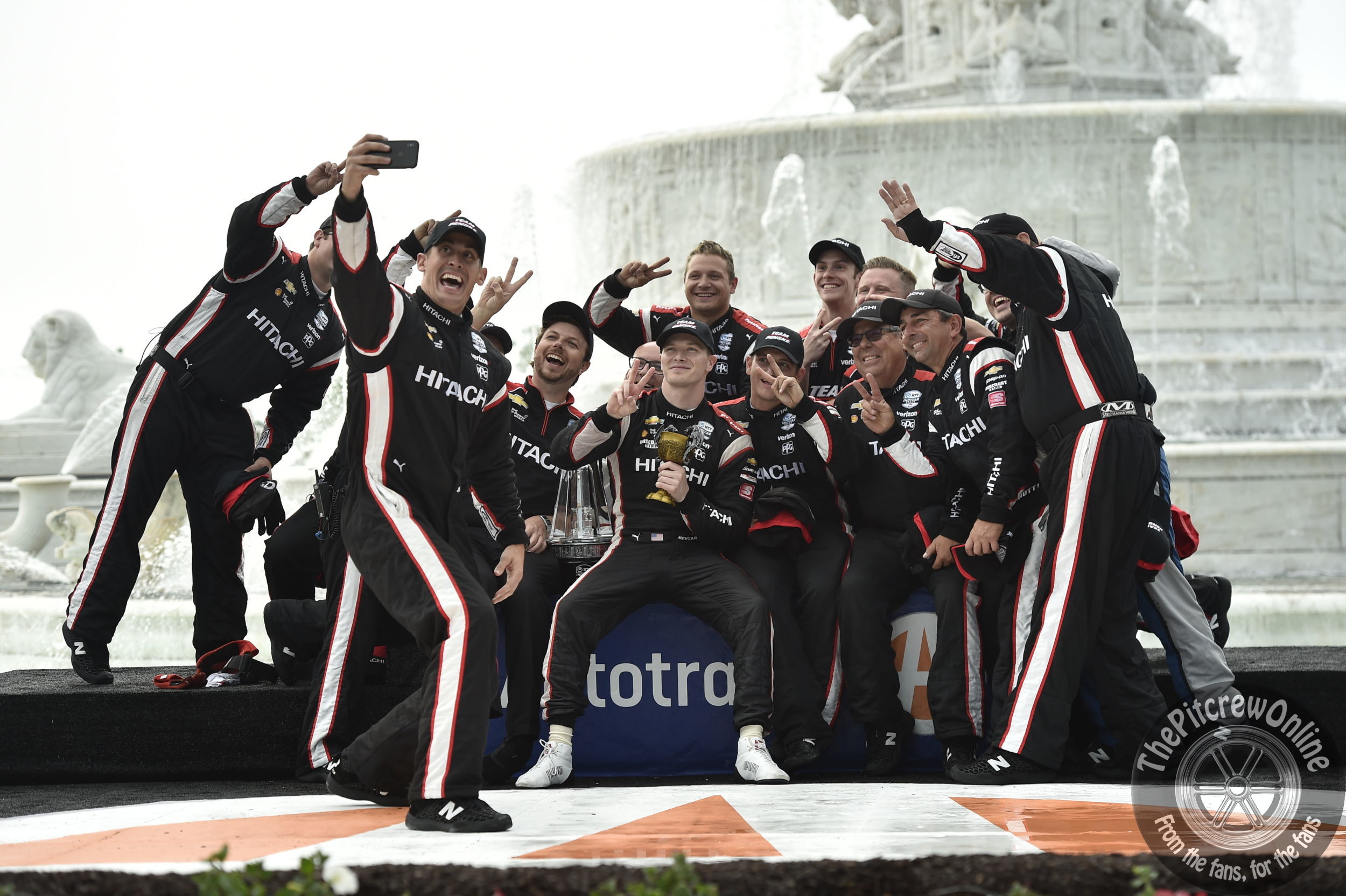
Races at Texas Motor Speedway tend to be highly attritional with large multi-car wrecks a common feature under the lights. Last year, Dixon took his first win of the season here while Simon Pagenaud scored his first podium of 2018 – that shows how different the Frenchman’s situation is this year. Only nine cars finished on the lead lap with extreme tyre blistering playing a key factor in the race, as well as contributing to one or two of the crashes.
Texas is notoriously difficult for rookies with four newbies taking on the course this year. Felix Rosenqvist is in need of a good result, or just a finish, as any more bad results could start to put his future at Chip Ganassi Racing in jeopardy because Chip not a fan of crashers, to put it lightly!
Marcus Ericsson will be hoping to not end in the wall as his predecessor Robert Wickens did here last year, though that was one of Wickens’ more minor scrapes last year. The same goes for Santino Ferrucci and Colton Herta, with all four rookies just wanting to keep it out of the wall, though that is easier said than done!
A return to the ovals means a return to the normal oval qualifying format, which is notably different from that used at the Indy 500. Each driver will get a single run of two laps to set their qualifying time with them running in reverse championship order, meaning returner Charlie Kimball will go first while Newgarden will go last, and theoretically get the best of the track conditions.
There have been three driver changes since the last round and one of them, in particular, was pretty big news. Max Chilton, driver of the #59 Carlin, has made the decision not to compete in any of the four remaining ovals of the season with no precise reason stated in the press release, though the general speculation has been around safety worries due to the way the car was handling at Indianapolis.
Whatever the reason, it was Chilton’s personal decision and is one to be respected, with all the drivers knowing the danger that ovals, in particular, present. After his top ten finish at the 500, Conor Daly will be replacing Chilton at Texas, but it is yet to be announced who will drive the #59 at the remaining ovals of Iowa, Pocono and Gateway.

The other changes are more minor with Kimball in the #23 Carlin in place of Patricio O’Ward’s #31, though funding concerns for the young Mexican mean it’s not certain that we’ll see him back for Road America. Finally, Ed Carpenter is replacing Ed Jones in the #20 Ed Carpenter Racing entry in their usual switch-around for ovals.
The first practice session took place overnight with Dixon continuing his Detroit form by topping the timing sheet, followed by the Rahal Letterman Lanigan Racing duo of Takuma Sato and Graham Rahal with Kimball in a surprising fourth. The rest of the timings for this weekend are as follows, with the race in the early hours of Sunday morning for UK viewers.
June 7
Practice 2 – 1:30pm (CDT) / 7:30pm (BST)
Qualifying – 5:45pm / 11:45pm
June 8/9
Race – 7:30pm / 1:30am
Entry List:
| # | Driver | Team |
| 2 | Josef Newgarden | Team Penske |
| 4 | Matheus Leist | AJ Foyt Racing |
| 5 | James Hinchcliffe | Schmidt Peterson Motorsports |
| 7 | Marcus Ericsson (R) | Schmidt Peterson Motorsports |
| 9 | Scott Dixon | Chip Ganassi Racing |
| 10 | Felix Rosenqvist (R) | Chip Ganassi Racing |
| 12 | Will Power | Team Penske |
| 14 | Tony Kanaan | AJ Foyt Racing |
| 15 | Graham Rahal | Rahal Letterman Lanigan |
| 18 | Sebastien Bourdais | Dale Coyne Racing |
| 19 | Santino Ferrucci (R) | Dale Coyne Racing |
| 20 | Ed Carpenter | Ed Carpenter Racing |
| 21 | Spencer Pigot | Ed Carpenter Racing |
| 22 | Simon Pagenaud | Team Penske |
| 23 | Charlie Kimball | Carlin |
| 26 | Zach Veach | Andretti Autosport |
| 27 | Alexander Rossi | Andretti Autosport |
| 28 | Ryan Hunter-Reay | Andretti Autosport |
| 30 | Takuma Sato | Rahal Letterman Lanigan |
| 59 | Conor Daly | Carlin |
| 88 | Colton Herta (R) | Harding Steinbrenner |
| 98 | Marco Andretti | Andretti Autosport |
Featured Image Credit: Chris Owens/IndyCar
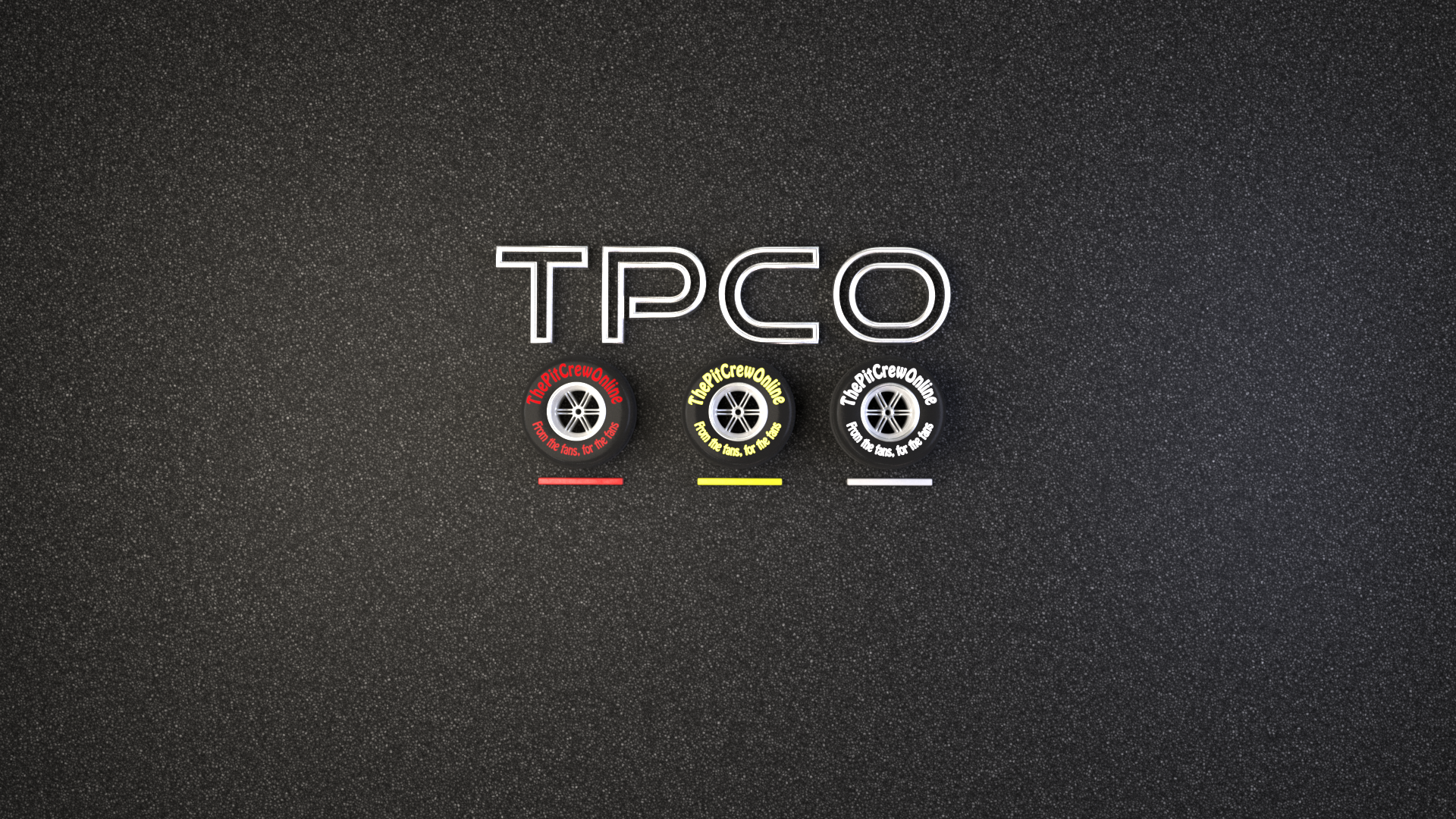


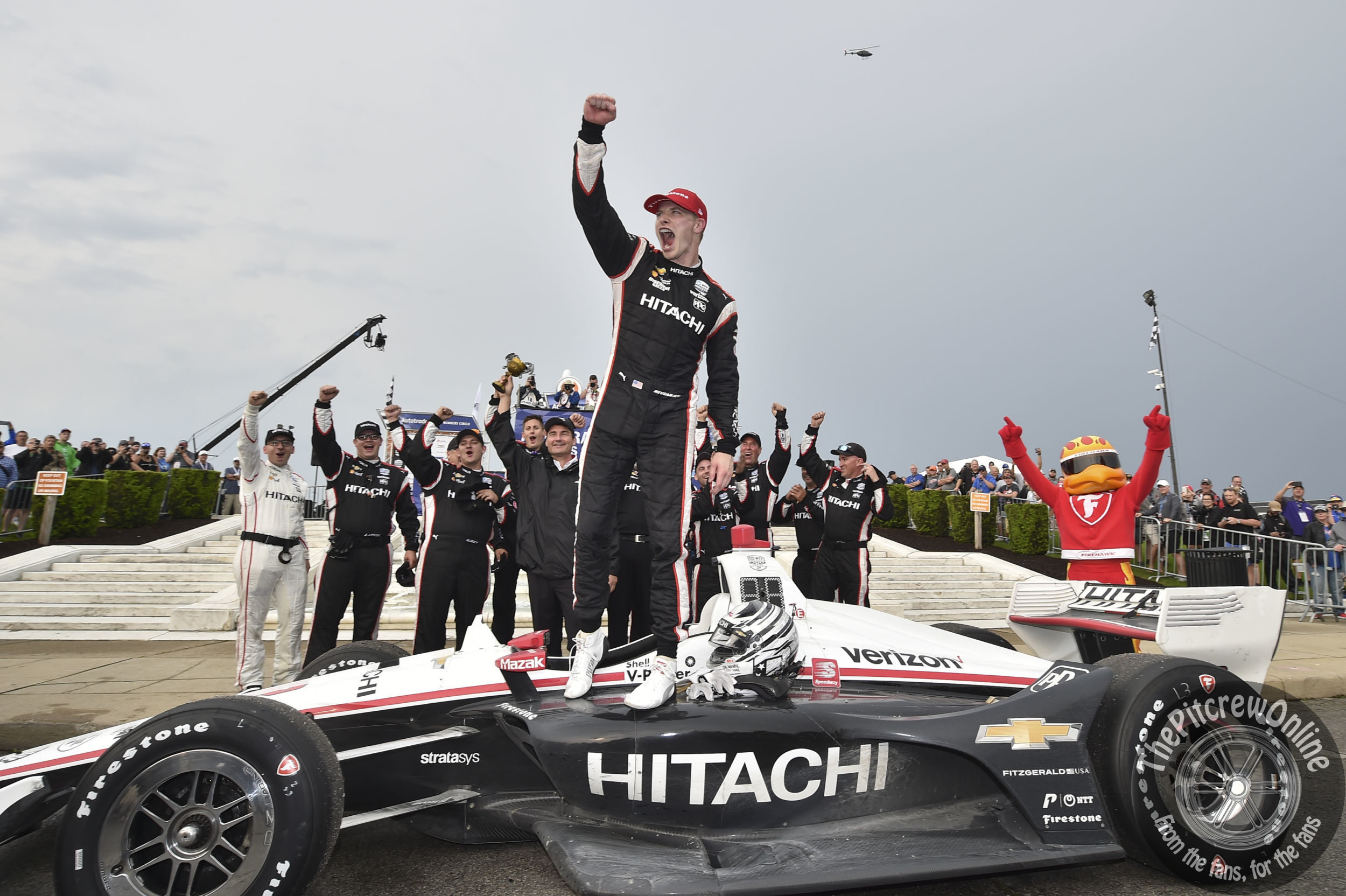
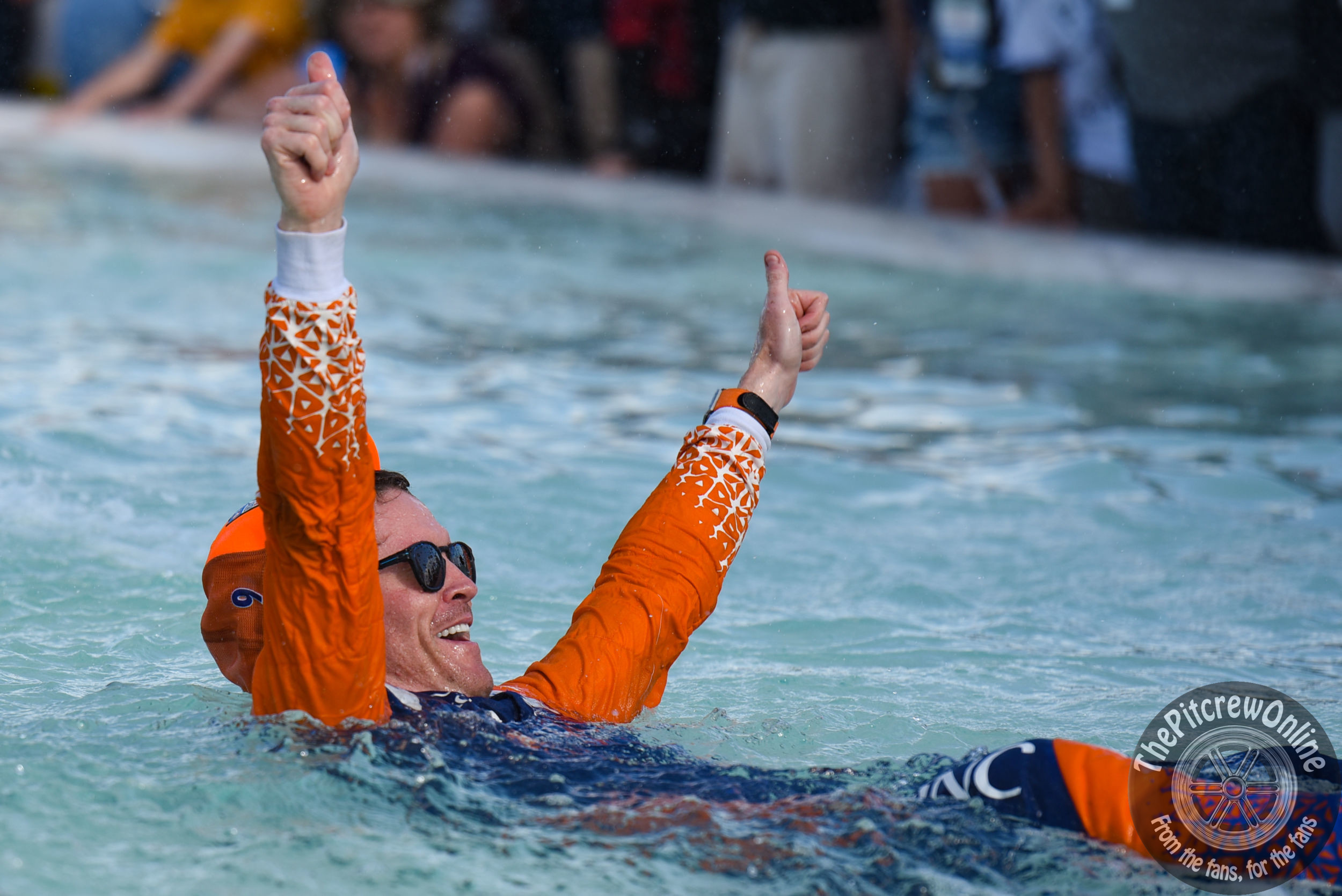


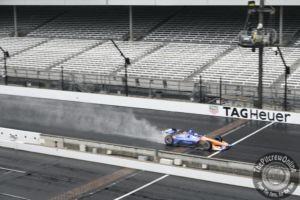
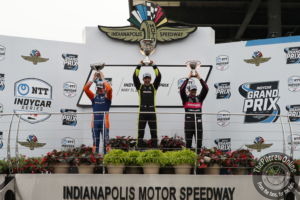
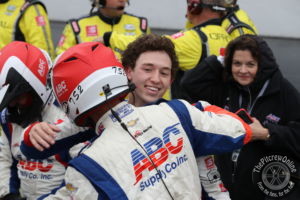

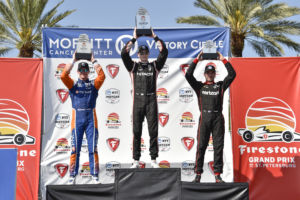
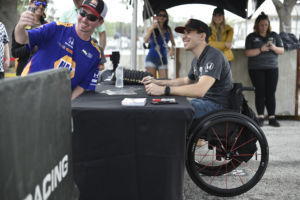

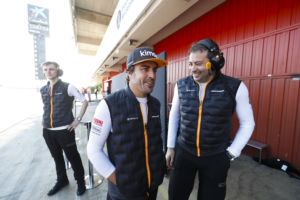
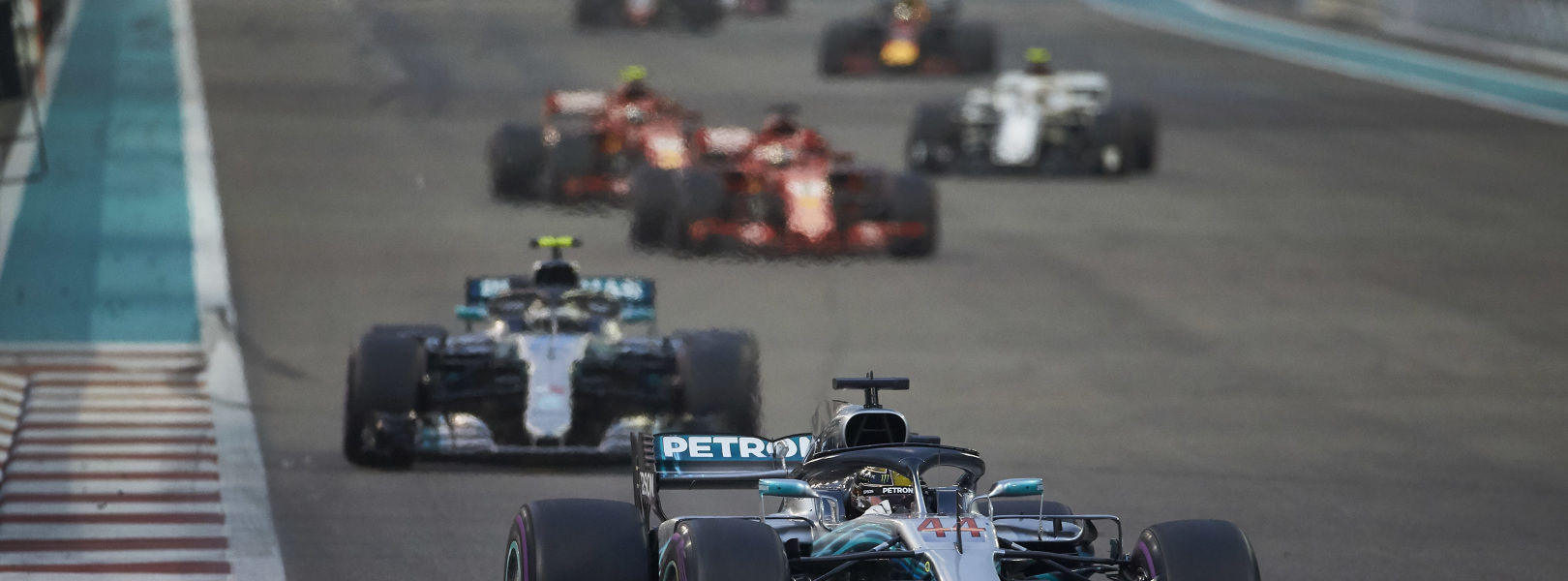

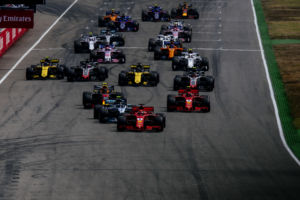
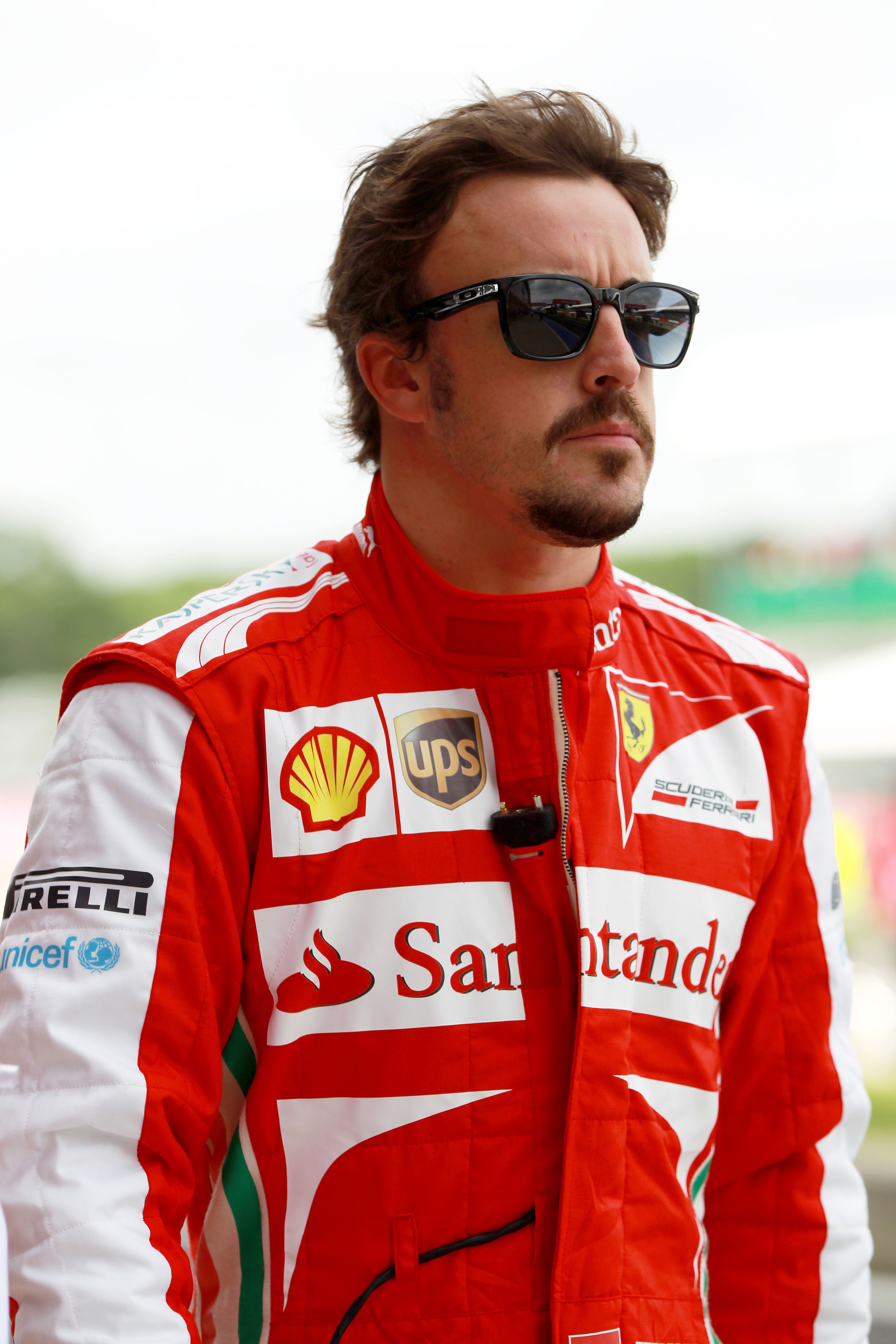 Image courtesy of Pirelli
Image courtesy of Pirelli

